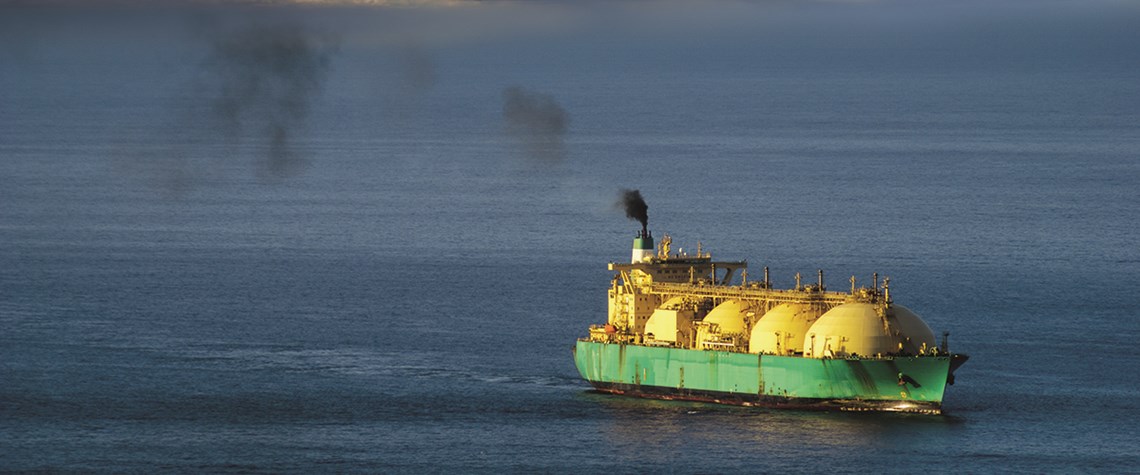LNG hubs—more global, more liquid
Demand is keeping up with supply. But new flexibility and hubs are changing the trading environment
Increasingly flexible supply helped the world's liquefied natural gas market overcome expectations of a glut to absorb an 11% increase in production last year. Higher demand in key consumer countries helped, but new infrastructure in emerging gas markets; more flexibility on contract terms and prices; international traders' increased presence; and the gradual emergence of pricing hubs in the dominant Asia-Pacific market all contributed. "This is all part of the globalisation of gas", says a long-standing industry observer. Industry officials point out that the market's ability to absorb further supply from leading producers Australia, Qatar, and the US in coming years will be linked to its a

Also in this section
22 July 2025
The gas-hungry sector is set for rapid growth, and oil majors and some of the world’s largest LNG firms are investing in ammonia production and export facilities, though much depends on regulatory support
22 July 2025
Next year’s WPC Energy Congress taking place in April in Riyadh, Saudi Arabia will continue to promote the role of women in the energy sector, with a number of events focusing on the issue.
22 July 2025
Pedro Miras is the serving President of WPC Energy for the current cycle which will culminate with the 25th WPC Energy Congress in Riyadh, Saudi Arabia in April 2026. He has over 30 years of experience in the energy sector, including stints with Repsol and the IEA. Here he talks to Petroleum Economist about the challenges and opportunities the global energy sector currently faces.
17 July 2025
US downstream sector in key state feels the pain of high costs, an environmental squeeze and the effects of broader market trends








